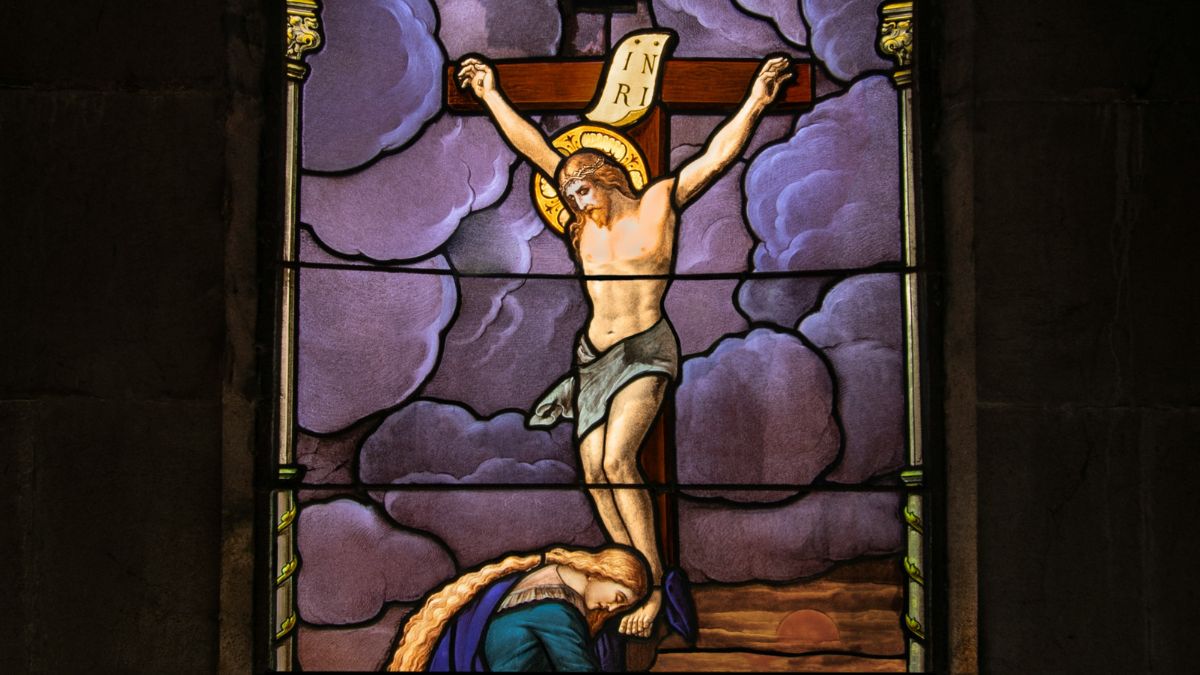

BreakPoint
Anatomy of a Conversion
You may have been listening on June 18 when Mark Earley commented on the recent, peer-reviewed study by the University of Pennsylvania documenting dramatically reduced recidivism in the Christian prison we run in Texas, known as the InnerChange Freedom Initiative, or IFI. The report not only documents reduced recidivism; it also analyzes and documents what a conversion is. The more similar studies like this come out, the more undeniable our witness becomes. We had the opportunity to present this report to President Bush in the Roosevelt Room of the White House two weeks ago. There were about fifteen of us assembled, including three graduates of the program, one of whom was Robert Sutton. That's the inmate that Bush had embraced six years ago when he was governor of Texas and dedicated the prison. The day after that, the Houston Post had featured a picture of Bush with his arm around, as the caption put it, "a convicted murderer." Not good politics! But this time Bush walked into the Roosevelt Room and saw Sutton standing there. Sutton has been released from prison; he's back with his family, rehabilitated. He's working to disciple other men still in prison. Bush went straight over to him and said, "You're a good man, and I'm glad to see you here!" and threw his arms around him and embraced him. It was an amazing moment -- prisoners witnessing to the president of the United States. Prisoners witnessed to kings in biblical times, but I never thought I'd live to see the day when I would not only return to the White House, but bring ex-inmates with me who could tell the president of the United States about Jesus. We had a magnificent time that morning discussing the University of Pennsylvania study and its implications. In the press briefing afterwards, Dr. Byron Johnson, author of the study, laid out the five spiritual transformation themes that the researchers have discovered and that, he said, were the causes of the reduction in recidivism. These are "I'm not who I used to be," spiritual growth, God versus the prison code, a positive outlook on life, and the need to give back to society. Do you realize what this means? We have a leading academic institution reporting a five-year study, peer-reviewed at Harvard and Princeton, that lays out the elements of spiritual transformation, the very anatomy of a conversion. The report caused the Wall Street Journal to title its editorial, that appeared on the Friday after the meeting in the White House, "Jesus Saves." When your friends tell you that your faith is merely private and you ought to keep it to yourself, tell them about this report. Faith isn't just a private experience. Faith, when it is lived out, changes not only people -- it also changes cultures, countries. It reduces recidivism. It eventually will reduce crime. And it results in inmates witnessing to presidents. We have an amazing apologetic opportunity in this report, for it documents in academic terms what happens when somebody comes to Christ -- they are transformed, and the public is better off for it. Wouldn't you rather have people like this coming out into society instead of hardened criminals? This is an example of exactly what we're committed to here at BreakPoint -- presenting the biblical point of view of life, which can be empirically validated. It works because it is true. For further reading and information: "Graduates of Faith-Based Prison Program Less Likely to Return to Prison," Prison Fellowship press release, 18 June 2003. BreakPoint Commentary No. 030618, "Shutting the Revolving Door: IFI and Texas." The study is available at the Center for Research on Religion and Civil Society's website. (Adobe Acrobat Reader required.) Or call 1-877-3-CALLBP for a free copy of the executive summary. Bill McGurn, "Jesus Saves," Wall Street Journal, 20 June 2003. See also this White House photo of the InnerChange Freedom Initiative Briefing. Learn more about the InnerChange Freedom Initiative. "Religion behind Bars: A Handbook" -- This Questions and Answers booklet is designed to assist religious volunteers, corrections officials, chaplains, and prisoners in understanding the rights of prisoners to practice their religion, and the reasonable limitations on those rights that may be permissible. (Download a copy here.)
07/1/03















